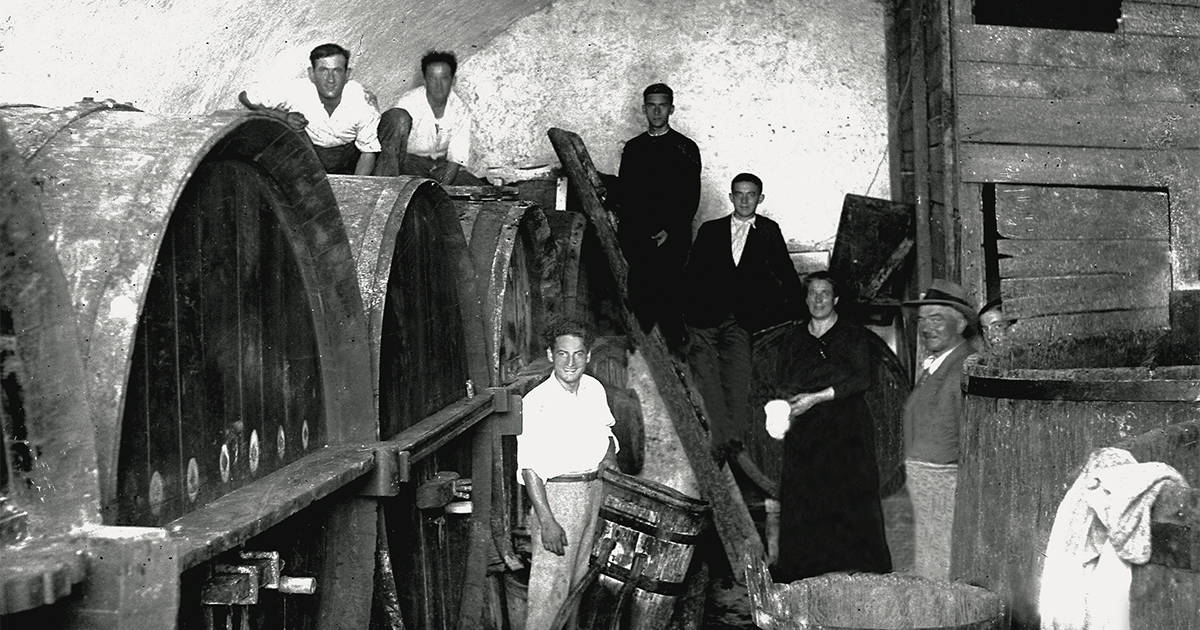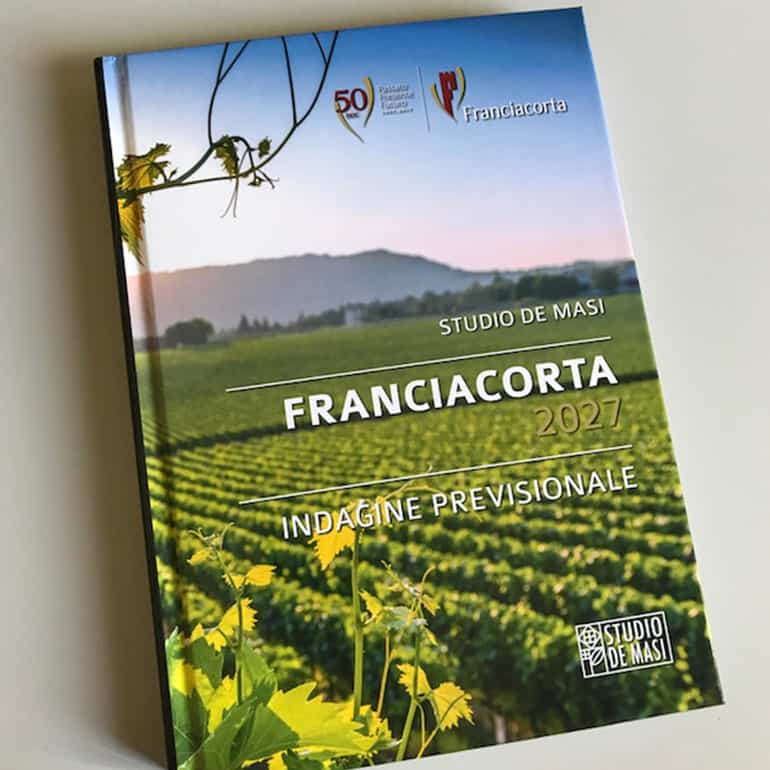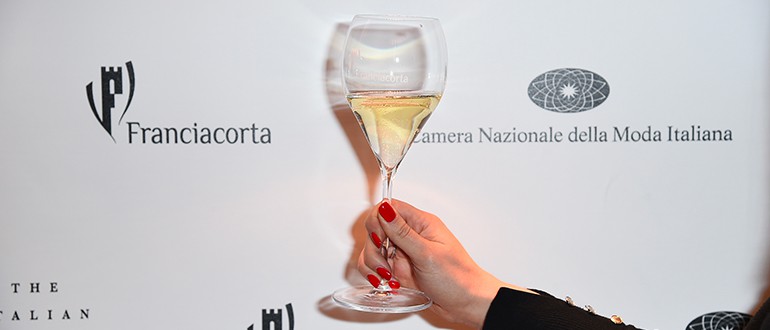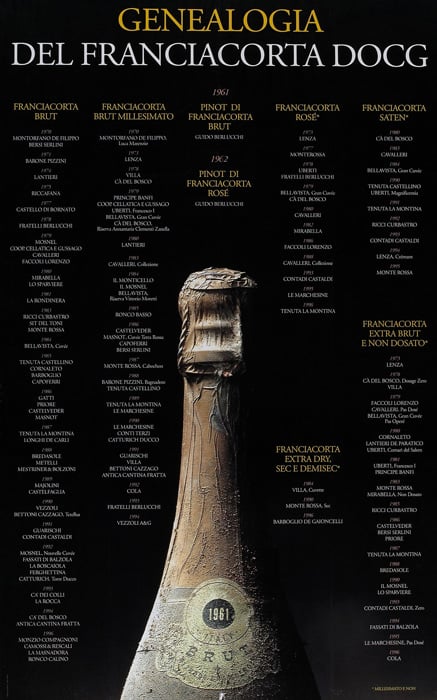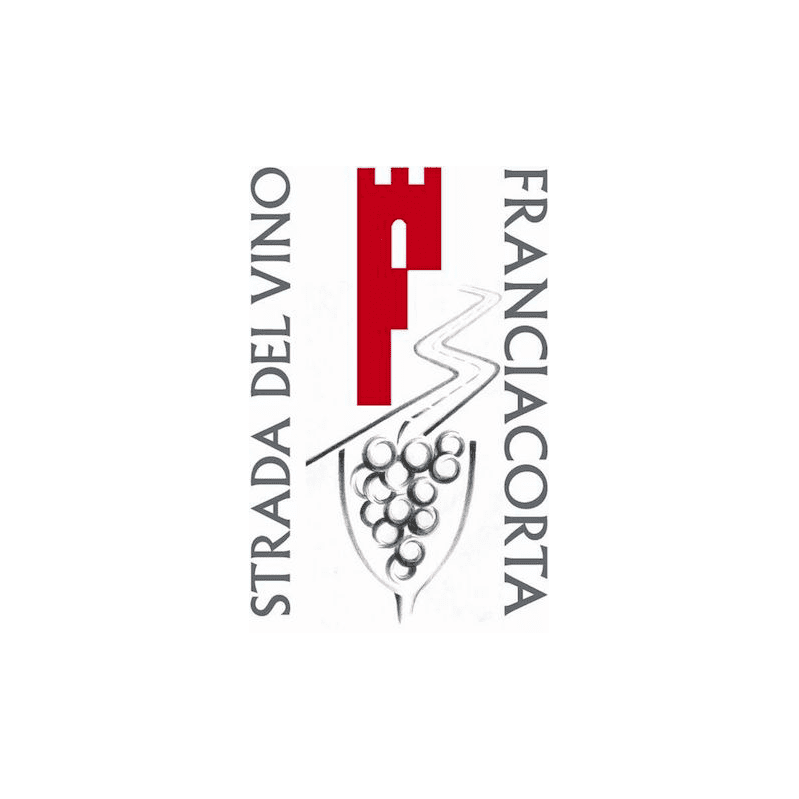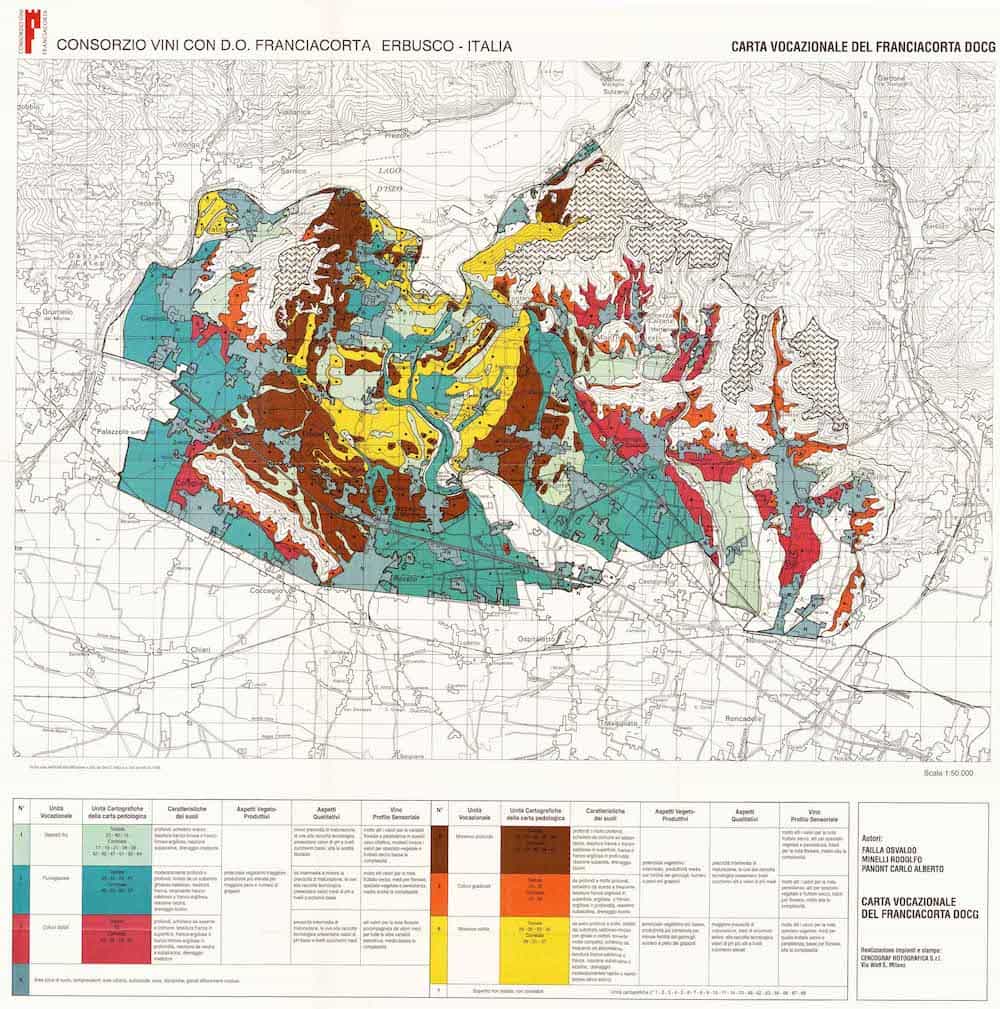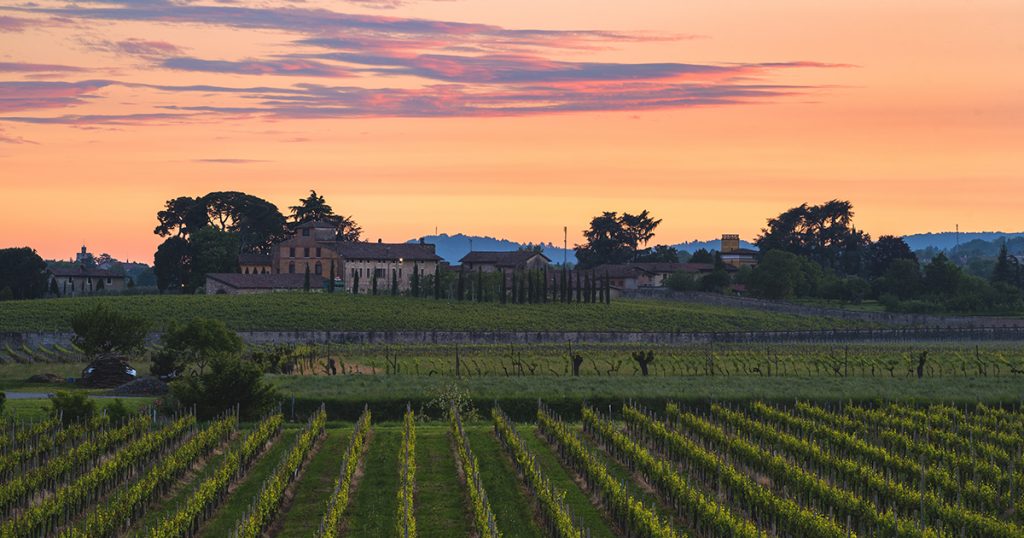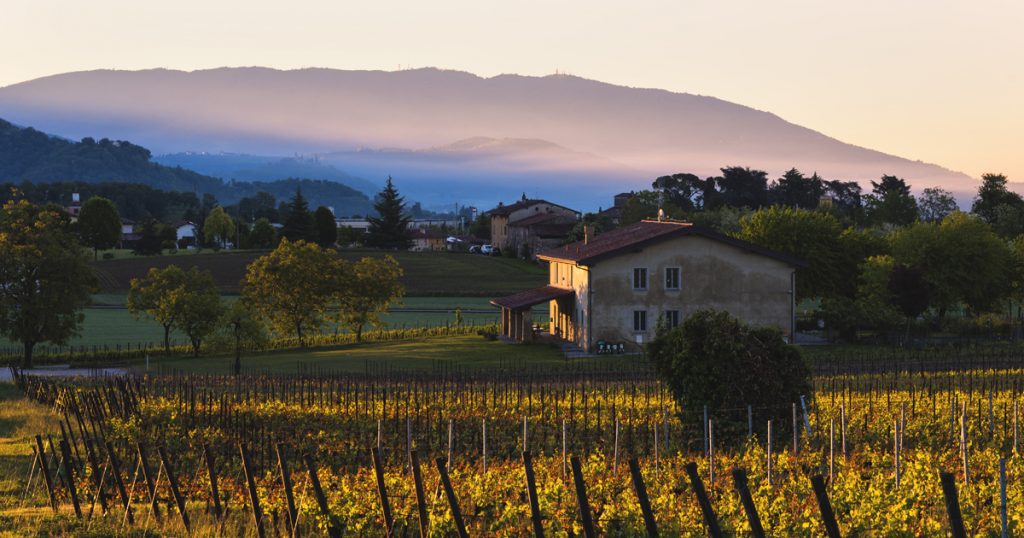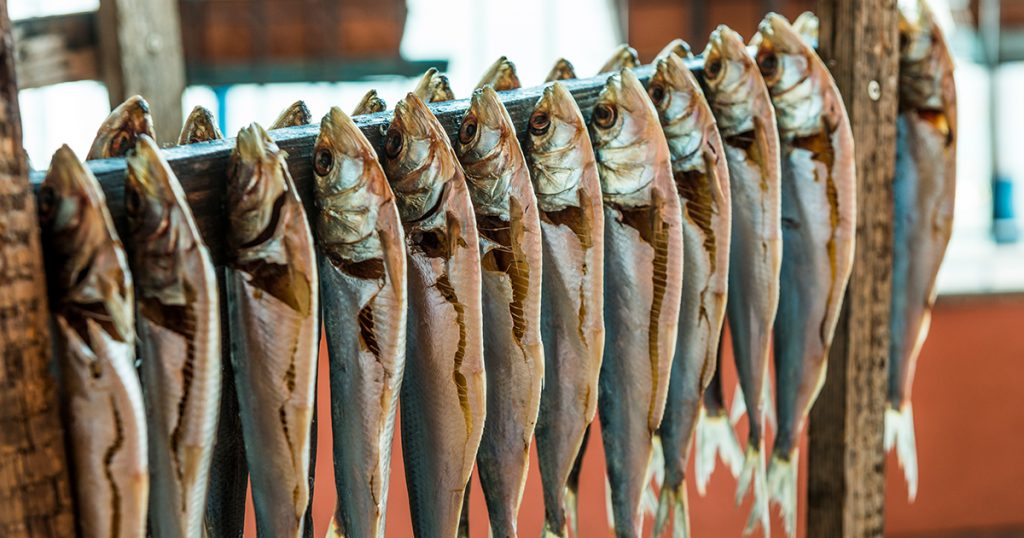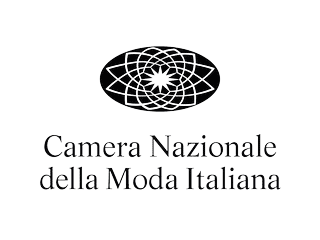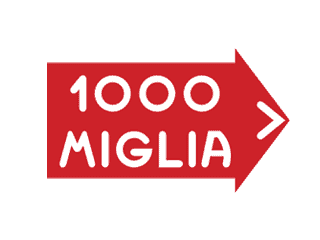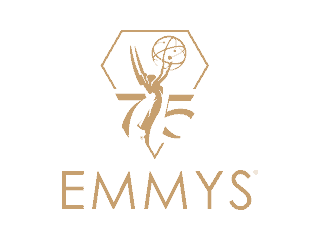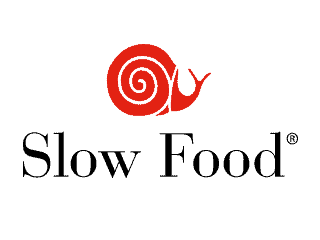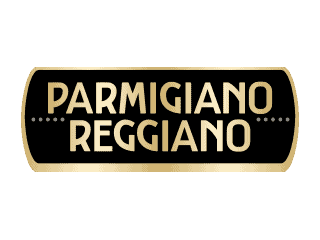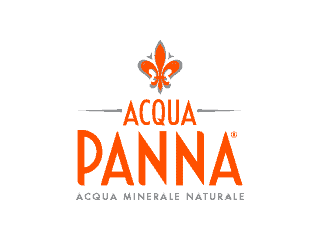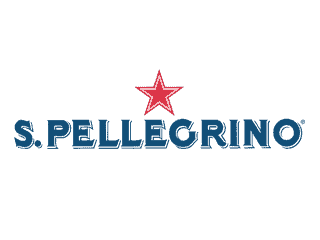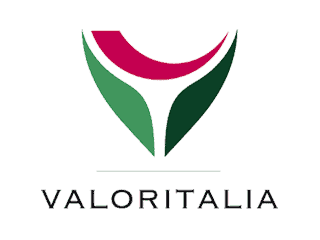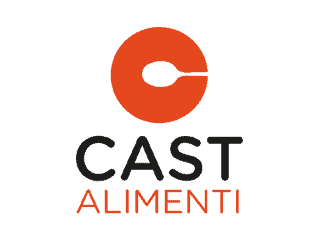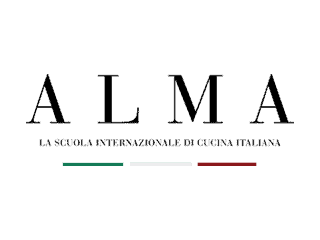Watch the timeline or read our story
The name Franciacorta conjures up a distant past suffused with a mystery which local people love to speculate about. The most plausible theory is that the area’s history is bound up with the presence of Cluniac and Cistercian monks who came to Franciacorta from Cluny in the 11th century. They were very powerful monasteries which reclaimed and farmed vast swathes of land in the area and thus succeeded in obtaining exemption from customs in around the year 1100. These lands were Francae Curtes, that is, lands free of taxes. Francae Curtes led to the toponym Franzacurta which was mentioned for the first time in the Brescia communal archives in 1277.
Franciacorta’s history is a very long one with deep roots in an area in which vines have been a constant. From the Roman era to late antiquity and up to the apex of the Middle Ages soil and climate favoured vine growing.
It was the interplay between Franciacorta’s history, wine and culture that produced one of the world’s first books on naturally bottle fermented winemaking techniques and their effects on the human body. Printed in Italy in 1570, the book was written by Brescia doctor Girolamo Conforti and significantly entitled Libellus de vino mordaci. This doctor, whose studies preceded those of illustrious abbot Dom Perignon, illustrates the widespread dissemination and consumption of wines with bubbles at the time, wines which he called ‘mordaci’, i.e. lively and frothy.
And there’s more. He also applied his tasting expertise to his descriptions of them, going as far as to judge them ‘tangy and lively tasting wines which do not dry out the mouth in the way acerbic and austere wines do and do not soften the tongue like sweet wines’, before going on to list their therapeutic effects. For Conforti – also a connoisseur of French wines – the bubbles in Franciacorta wines increased in winter before decreasing and subsiding as the summer went by.
The bubbles were thus caused by the boiling of the must or rather its fermentation which was to be controlled, even then, to ensure that its ‘light, tangy gassy emissions’ were not lost.
These erudite considerations may well have been the basis for the earliest sparkling Franciacorta winemakers deciding to use barley to accentuate and prolong fermentation.
A Napoleon era survey in 1809 provides a snapshot of the over one thousand hectares of land then specialising in making ‘mordaci’ wines and a similar number of hectares of vineyards mixed with other crops. The years that followed saw winemaking growing constantly until it long outstripped local demand and generated the first wine sale businesses. This was the state of affairs in which, in the early 1960s, young oenologist Franco Ziliani made the first Pinot di Franciacorta vintage, thus triggering the production of the first ante litteram amateur sparkling wines, the predecessors to Franciacorta’s modern, codified winemaking.
In the wake of the first Protected Designation of Origin appellation in 1967, in 1995 Franciacorta became the first Italian area and wine made with a second fermentation in the bottle to achieve Protected and Guaranteed Designation of Origin (DOCG) status. The name on today’s labels is Franciacorta, a single word which conjures up geography, production method and wine.
TIMELINE
Franciacorta became Michelin Destination Partner.
A record-breaking year for Franciacorta with over 20 million bottles sold.
Franciacorta became 1000 Miglia and 1000 Miglia Green race wine partner.
The Giro d’Italia cycling race had a Franciacorta Stage.
Silvano Brescianini was elected President of the Franciacorta Consortium.
On the occasion of the 50th anniversary of the DOC, a research project was entrusted to Domenico De Masi’s sociological research studio which sought to outline Franciacorta’s aspirations and prospects and the challenges facing it over the next decade.
The production regulations were amended and a new indigenous grape variety, Erbamat, added.
Lake Iseo and Franciacorta hosted Christo and his Floating Piers, one of the long-awaited late works by this renowned Bulgarian artist, a three-kilometer walkway covering a surface area of approximately 70,000 square metres.
Franciacorta was made Official Sparkling Wine for Expo Milan 2015 with an exclusive wine bar on site.
Vittorio Moretti became President of the Franciacorta Consortium.
A partnership with the Fashion chamber of commerce was inaugurated and Franciacorta became Milan Fashion Week’s official sparkling wine.
New restrictions were introduced to the Franciacorta production regulations, making them stricter for quality purposes, thus confirming the Franciacorta regulations as the strictest for this type of wine.
The Franciacorta Consortium redesigned its brand Identity to better represent its quality leadership. The new logo was a battlemented F, symbolising strong values and principles with two attention-grabbing symbols ‘embracing’ and forming a glass shape.
Maurizio Zanella was elected President of the Franciacorta Consortium.
The new Franciacorta DOCG, Curtefranca DOC (replacing Terre di Franciacorta) and Sebino IGT regulations were published in the Official Journal.
30th December 2004. On explicit request by the Consortium, a decree regulating the use of the Talento wording by Italian VSQPRDs and VSQs excluded the Franciacorta DOCG area from making use of this option in its appellation. This amounted to an express acknowledgement by the Ministry of Franciacorta’s excellent quality and distinctive characteristics.
The Decree mandating the Consortium to perform a supervisory role, also known as Erga Omnes, was published in the Gazzetta Ufficiale [Official Journal] (Ministerial Decree dated 29/5/2001) . The Consorzio per la tutela del Franciacorta was one of the first consortia in Italy to enforce this decree, in addition to the routine oversight it had been performing since 2000.
Ezio Maiolini was elected President of the Franciacorta Consortium.
With the new EC 753/02 Regulations, Franciacorta wine started to be designated by the word Franciacorta only, with no further description including the DOCG mention, on the grounds of its renown.
The first organic Franciacorta was made.
The Strada del Franciacorta (Franciacorta route) was set up for the purposes of promoting and developing the area’s tourist potential.
On 22nd-25th September the first Franciacorta Festival took place, an event which is still today celebrated in September across the entire area.
Claudio Faccoli became President of the Franciacorta Consortium.
Giovanni Cavalleri became the new President of the Franciacorta Consortium.
On 1st January the first bottles of Franciacorta with the unmistakable DOCG state seal were released.
Approval of the viticultural code.
A self-regulation document, it developed out of the technical production rules and is stricter than the production regulations.
The Consortium’s logo became the sole Franciacorta DOCG identifier and it was the first Italian brut to obtain ‘guaranteed’ status. In September of the same year, the Consortium approved the Franciacorta DOCG regulations. The Satèn trademark, which only Consortium members are entitled to use, was registered.
New production regulations required natural bottle fermentation as the only permitted sparkling winemaking method;. Metodo Classico was removed from the label and a compulsory grape production area was introduced.
Riccardo Ricci Curbastro was elected President of the Franciacorta Consortium.
A viticultural zoning study was set in motion.
On 22nd March, the Technical Production Rules were approved and the Franciacorta trademark was registered in Italy the following November.
On 5th March, the voluntary Consortium for the protection of Franciacorta wine was set up, with registered offices in Corte Franca. It had 29 producer members. Its President was Paolo Rabotti.
Franciacorta was granted Controlled Designation of Origin status by Presidential Decree.
The first-ever bottle of Franciacorta was produced, thanks to oenologist Franco Ziliani.
The first geological study on Franciacorta’s viticulture, by the Anti-Phylloxera Consortium of Brescia, led to important ante litteram zoning work demonstrating just how advanced the area’s winemaking was in the early 1900s.
A book entitled Dell’arte di fare, conservare e migliorare i vini nel Regno (How to make, store and enhance the kingdom’s wines) with a posthumous excerpt by Count Dandolo of Adro, contained pictures illustrating how to decant the ‘frothy’ wines, which were already traditional in the area.
The Napoleonic Land Registry certified the existence of almost 1000 hectares of vineyards in Franciacorta, far more than would have met the needs of the 40,000 inhabitants at the time, thus demonstrating that, even then, the wine was not made only for local consumption but also for sale.
Girolamo Conforti, a Brescia-born physician, wrote his Libellus de vino mordaci describing the bubbly wines of the area, which he defined as lively, i.e. effervescent.
In his book about agriculture, Agostino Gallo, an eminent agronomist from Brescia, mentioned Albamatta (today’s Erbamat), an indigenous grape variety now encompassed by the Franciacorta production regulations.
An aristocratic plot handed over the city of Brescia to the Republic of Venice. The tall battlemented towers which are so characteristic of Franciacorta began to appear at this time.
The name Franciacorta, designating the land between Brescia and Lake Iseo, appeared for the first time in 1277, in reference to the ‘curtes francae’, a duty-free trade area.
